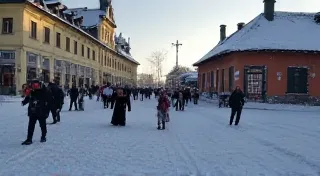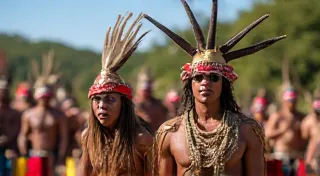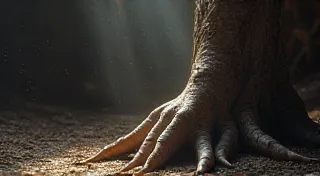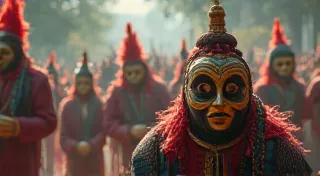The Art of Haitian Mask Making: Vodou and Cultural Expression
Haitian mask making is far more than just a craft; it’s a deeply embedded practice intertwined with Vodou spirituality, historical resilience, and vibrant cultural expression. These aren't simply decorative objects, but powerful representations of spirits, ancestors, and stories, essential to rituals and performances.
A History Forged in Resistance
The origins of Haitian mask making are complex and layered. Rooted in West African traditions brought over by enslaved people, they were further influenced by Indigenous Caribbean practices and later, European artistic styles. During the period of slavery, masking served as a subtle form of resistance, allowing enslaved people to maintain aspects of their cultural heritage and express their pain and hopes through coded symbolism. After Haitian independence in 1804, the art form flourished, becoming an integral part of national identity and continuing to evolve.
Vodou and the Spirits
The most recognizable Haitian masks are those used in Vodou ceremonies. Each mask represents a specific lwa (spirit) within the Vodou pantheon. These lwa embody different aspects of life, from love and fertility to war and wisdom. The masks are not merely representations; they are believed to be vessels through which the lwa can temporarily inhabit and communicate with the community.
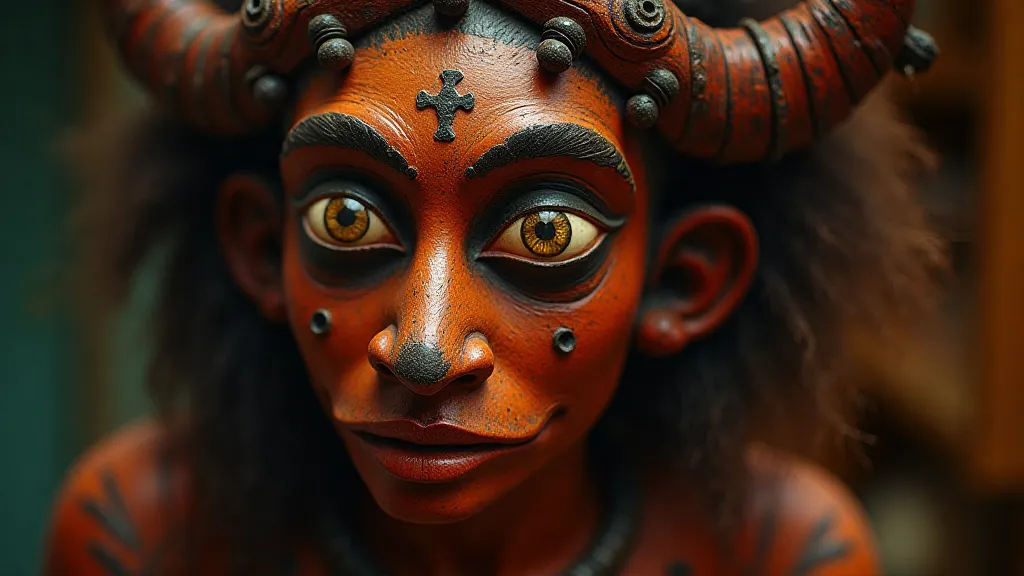
Materials and Construction
Traditionally, Haitian masks are crafted from readily available materials. Wood, particularly from the cedre (cedar) and avòn (avocado) trees, is the primary material. Other materials like burlap, raffia, coconut shells, and even gourds are used to add texture and further define the character of the mask. The masks are often painted with natural pigments derived from plants and minerals, creating a range of vibrant colors. The creation process itself is a spiritual act, with mask makers often seeking guidance from the spirits.
Symbolism and Style
The symbolism within Haitian masks is profound and nuanced. Facial features are often exaggerated to convey specific traits associated with the represented lwa. For example, a mask representing Erzulie Freda, the spirit of love and beauty, might have delicate, feminine features and a serene expression. Conversely, a mask for Ogou, the spirit of war, might be fierce and intimidating. The use of colors is also significant; red often represents life and energy, white symbolizes purity, and blue signifies wisdom.
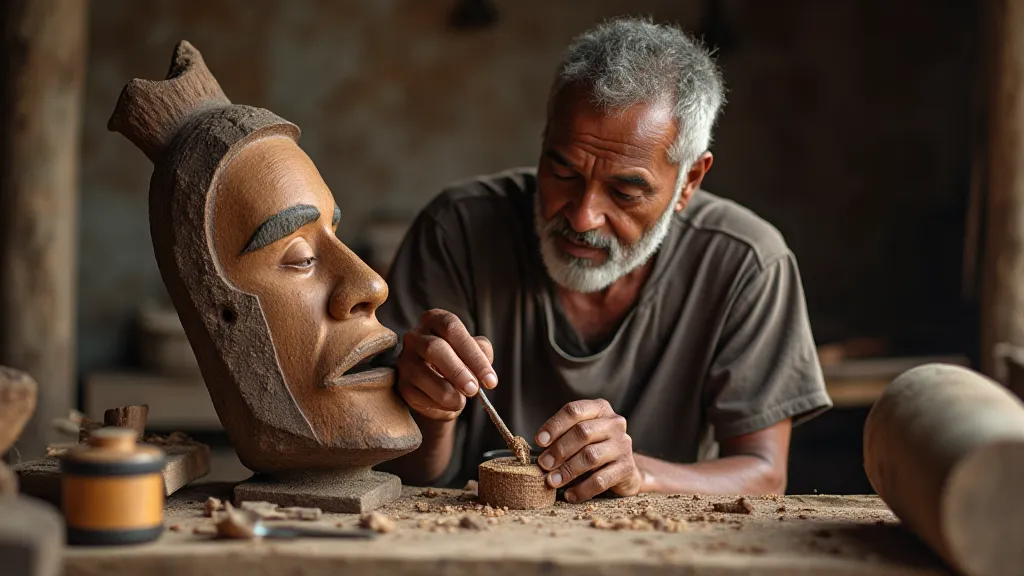
Beyond Ritual: Performance and Contemporary Art
While inextricably linked to Vodou rituals, Haitian mask making also plays a role in contemporary Haitian performance art and cultural expression. Masks are frequently used in traditional dances, storytelling events, and theatrical productions, showcasing the rich heritage of the country. Contemporary artists are also exploring new ways to utilize masks, incorporating them into sculptures, paintings, and mixed-media installations, ensuring the tradition continues to evolve.
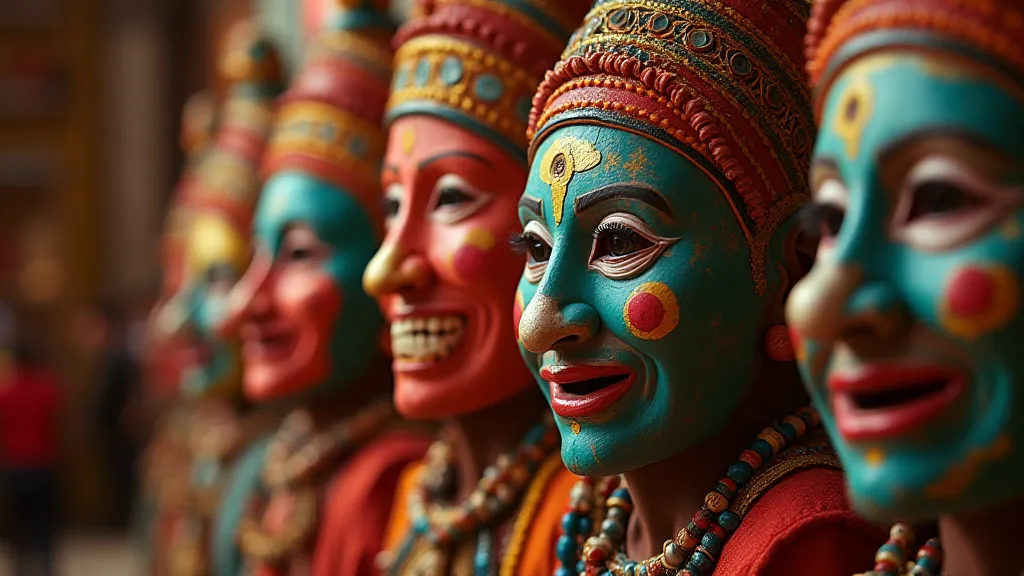
Preserving the Tradition
The art of Haitian mask making is a vital part of Haiti’s cultural heritage, deserving of preservation and continued appreciation. By supporting Haitian artists and artisans, and by learning about the significance of these powerful creations, we can help ensure that this invaluable tradition thrives for generations to come.
